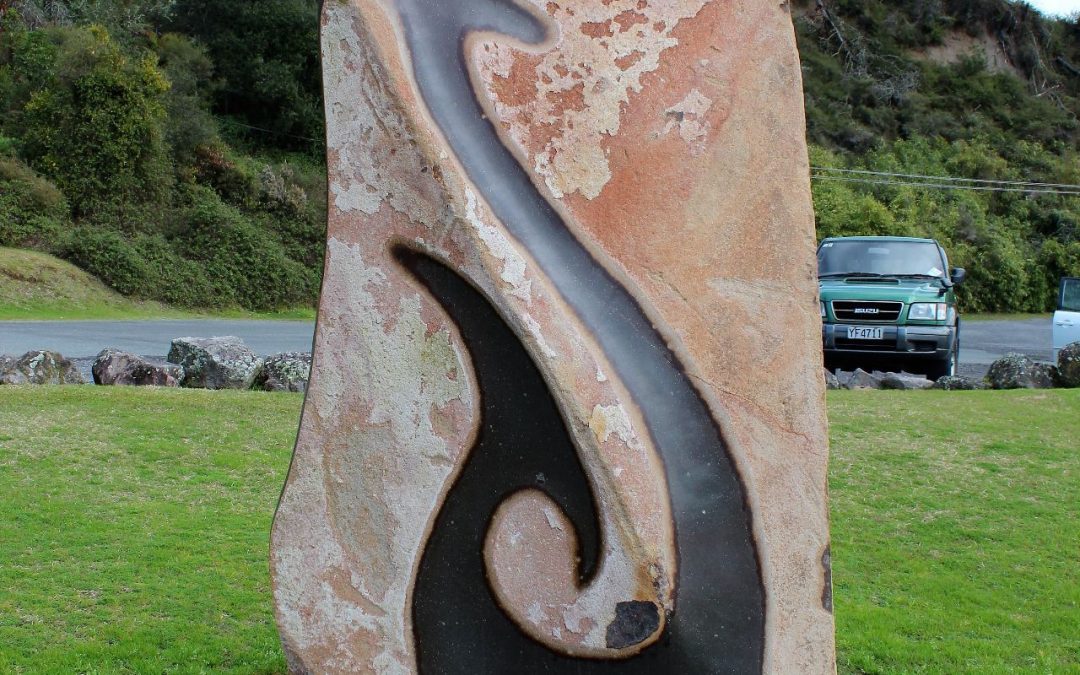
Hydrothermal activity at Orakei Korako and the extremophiles that survive there (cyanobacteria)
Hydrothermal activity at Orakei Korako and the extremophiles that survive there (cyanobacteria)
Western Heights High School students recently visited the hydrothermal area at Orakei Korako. This was part of their Level 2 Earth and Space Science programme. ( AS 91190 Investigate how organisms survive in an extreme environment)
Cyanobacteria are named after the bluish pigment phycocyanin, which they use to capture light for photosynthesis. They also contain chlorophyll the pigment used by plants to photosynthesise. Cyanobacteria predate plants. In fact the chloroplast in plants evolved when a cyanobacterium was absorbed by a green algal ancestor of plants more than 600 million years ago.
Not all cyanobacteria are blue, some are red or pink from the pigment phycoerythrin Red cyanobacteria can be found found growing around sinks and drains. African flamingos get their pink color from eating spirulina.
The important point is that cyanobacteria photosynthesise.
